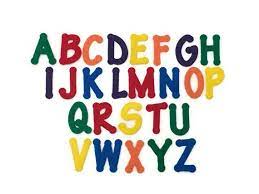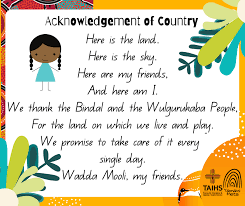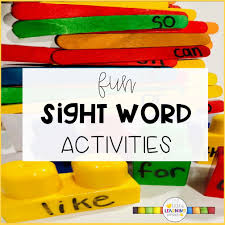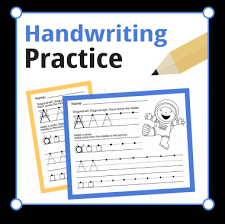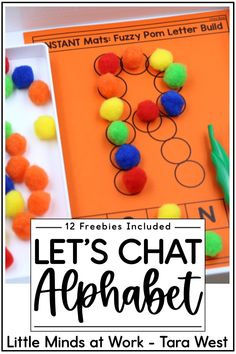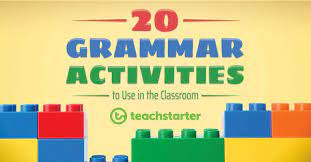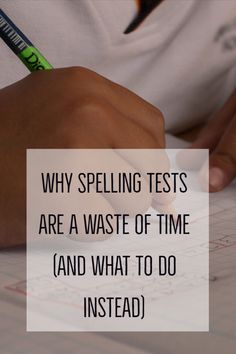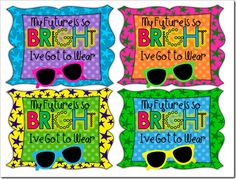Instilling the importance of capital letters in children is a fundamental aspect of their literacy development. Recognizing and using capital letters correctly is not just about following the rules of grammar; it is about reading with comprehension, writing with clarity, and engaging in effective communication. To make this learning process fun and interactive, a new resource of activities has been created specifically to help children grasp the concept of capital letters.
The new resource offers a plethora of activities designed to intrigue and challenge children of various ages. From colorful worksheets to interactive online games, this resource aims to keep the learning process both entertaining and educational. One highlight is the “Capital Letter Hunt,” where kids are given a magazine or newspaper and asked to circle all the capital letters they find. This not only reinforces letter recognition but also demonstrates the practical use of capitals in everyday life.
Another innovative activity included in this resource is “Capitalize to Customize,” a hands-on approach where children get to create personalized bookmarks or door signs using capital letters exclusively. This encourages them to appreciate the aesthetic value of capitals while also understanding their significance in denoting proper nouns and beginnings of sentences.
The resource goes on to include narrative-based games where kids have to rewrite stories by fixing the capitalization errors, thereby introducing them to the concept of editing written work. Moreover, for the digitally inclined, there are apps and online platforms within the resource that offer immediate feedback as children practice capitalization in various contexts.
Engagement with parents and teachers is also an integral part of this new resource. It includes guidelines and tips for adults on how to further support children’s learning through everyday conversations and reading practices. For example, when reading a bedtime story, a parent might pause at each proper noun and discuss why it starts with a capital letter.
The roll-out of this new comprehensive resource promises an exciting turn in educational strategies for teaching capital letter usage. It provides educators with creative ways to integrate these lessons into their classrooms and gives parents easy-to-access activities that can be enjoyed at home. With its interactive components, personalized touches, and practical applications, learning about capital letters is set to become an adventure that kids will want to embark on eagerly.
With dedication to literacy excellence underscoring its creation, this new resource stands ready as an indispensable tool in every young learner’s journey towards mastering the artful use of capital letters.
